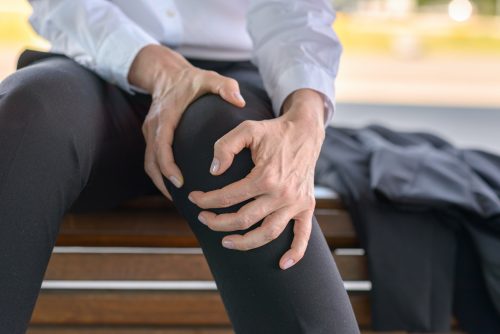
High knee pain may be associated with longterm accelerated cartilage volume loss and increased risk of incident and progressive radiographic osteoarthritis (ROA), according to recent findings from a prospective cohort study. Knee pain in young adults are not that uncommon.
Researchers assessed pain scores in Osteoarthritis Initiative participants with ROA (Kellgren-Lawrence grade > 2) (n = 2,249; mean age, 62.7 years; 58.3% were female) and without ROA (Kellgren-Lawrence grade ≤ 1) (n = 2,120; mean age, 59.9 years; 57.7% were female) at baseline and after one year using the Western Ontario and McMaster Universities Osteoarthritis Index (WOMAC). Pain patterns were classified as no pain (WOMAC pain < 5 at baseline and 1 year), fluctuating pain (WOMAC pain > 5 at either time point) and persistent pain (WOMAC pain > 5 at both time points). At baseline and four-year follow-up, MRI and X-rays were used to measure cartilage volume and ROA incidence and progression.
https://twitter.com/arthritis_bio/status/1060234395930382336
ROA and non-ROA participants with elevated WOMAC knee pain scores at baseline had increased medial and lateral cartilage volume loss (P ≤ 0.001), incident ROA (odds ratio [OR] 1.07, 95% confidence interval [CI] 1.01–1.13), and ROA progression (OR 1.07, 95% CI 1.03–1.10). Fluctuating and persistent knee pain in both groups were correlated with increased cartilage volume loss compared to those with no pain (P for trend ≤ 0.01). Fluctuating knee pain in non-ROA patients indicated incident ROA risk (OR 1.62, 95% CI 1.04–2.54) with a number needed to harm of 19.5. Persistent knee pain in ROA was a predictor of progressive ROA (OR 1.82, 95% CI 1.28–2.60), corresponding to a number needed to harm of 9.6.
interesting article: Knee pain as a predictor of structural progression over 4 years: data from OA Initiative https://t.co/NkDIO9TcIn
— Lee Herrington (@leehphysio) November 9, 2018
The study authors concluded, “This study suggests that controlling knee pain early in the disease course as well as over time by targeting the underlying mechanisms may be important for preserving knee structure and reducing the burden of knee OA. Further studies are needed to determine if this is the case.”
1 in 5 Adults Suffer from Chronic Pain
Risk Factors for Neuropathic-like Knee Pain
Source: Arthritis Research & Therapy

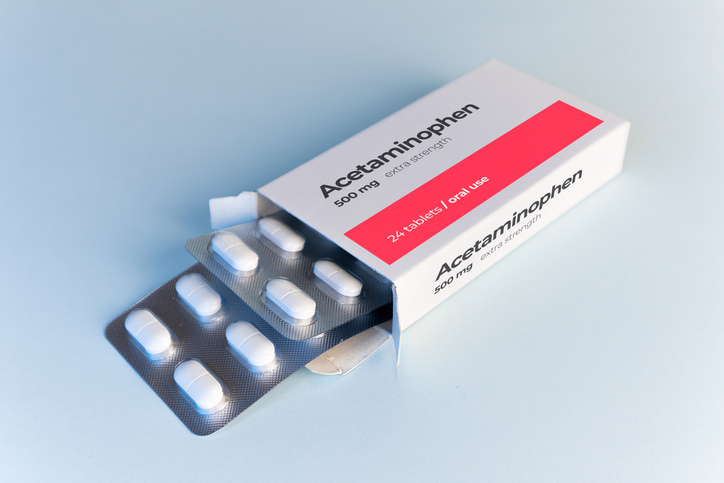
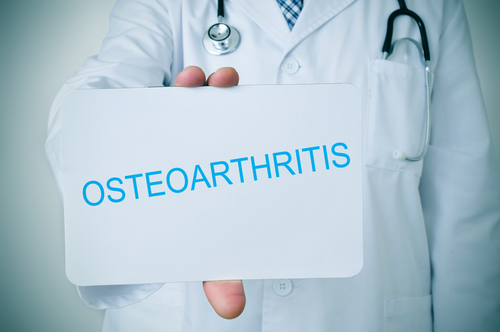
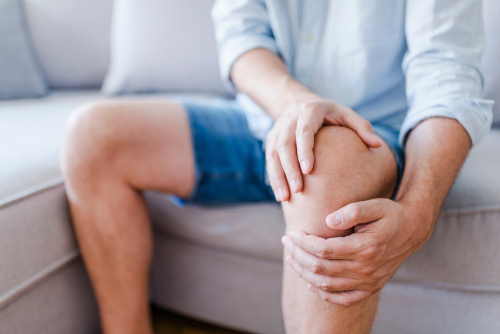
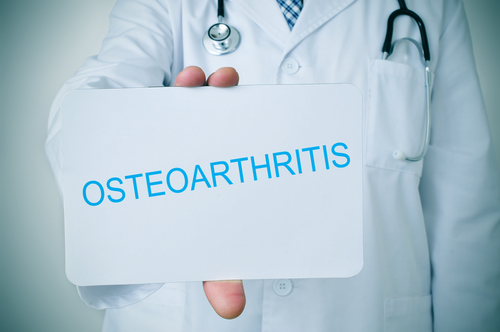


 © 2025 Mashup Media, LLC, a Formedics Property. All Rights Reserved.
© 2025 Mashup Media, LLC, a Formedics Property. All Rights Reserved.